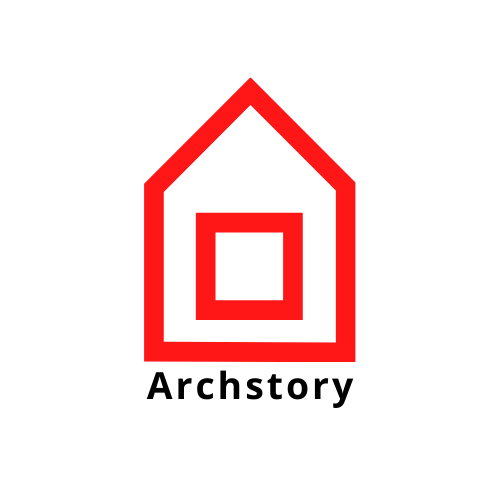
CEBRA-Al Hosn Masterplan and Landscape
알 호슨은 아부다비 도시에서 가장 오래되고 중요한 건물이다. CEBRA는 아부다비 문화 관광부로 부터 알 호슨을 문화적 심장으로 복원하도록 의뢰했다. 마스터플랜의 목표는 도시의 문화적 중심지로 복원하고 요새를 둘러싼 부지와 1980년대 바우하우스의 문화 센터로 등재된 도시의 문화 재단을 모두 보존하는 것이었다. 에이미리트의 해양 및 사막 유산과 함께 현대성을 결합하여 사이트의 대조되는 두 건물 사이를 전달하는 일관된 내러티브를 제공한다.
In 2016 the Danish architecture and design practice CEBRA was commissioned by the Department of Culture and Tourism Abu Dhabi to reinstate the Qasr al Hosn Fort as Abu Dhabi’s cultural heart. The Qasr Al Hosn is the city’s oldest and most important building. Originally built in 1760 as a watchtower to protect the only freshwater well on Abu Dhabi Island and later extended into a palace, it literally constitutes the birthplace of the modern metropolis.
The aim of the transformation masterplan has been to reinstate the fort as the cultural heart of the city with a new 140.000 sqm cultural park-scape and to conserve both the site surrounding the fort and the city’s Cultural Foundation - a 1980’s listed cultural centre of Bauhaus origins – which also sits on the site. Introducing a new type of locally rooted urban landscape the project combines modernity alongside the Emirate’s maritime and desert heritage in a coherent narrative that communicates between the site’s two contrasting buildings.
Today the site is transformed into a vivid public park, which enhances the two historic buildings as important landmarks in the city. Simultaneously, the project adds several new functions to the Al Hosn site making it an asset to the entire city of Abu Dhabi – restaurants, facilities for cultural activities, a breath-taking prayer hall, and an impressive open landscape with water features and shady pocket spaces for relaxation in the Middle Eastern sun.
Reintroducing the Coastal Desert Landscape. The project emphasizes its own duality by dividing the site diagonally into two contrasting landscapes. A plain and open desert-like landscape around the Qasr Al Hosn Fort reinstates the building as a free-standing landmark on the sand like it was before the modern city rapidly sprung up. Opposite, a paved and programmed area with intensified planting surrounds the Cultural Foundation Building, thus combining the desert landscape with the modern city grid structure.
The two landscapes are connected by a public urban space emerging from formations of ”cracks” and irregular geometric shapes. The central landscape area is defined through an organic pattern known as a ‘Voronoi’. The design articulates an architectural interpretation of Abu Dhabi Island’s coastal landscape of sandbars, mangroves, and the salt flats’ distinctive cracked patterns, drawing connections between the centre of today’s metropolis and the natural setting from which it emerged.
Both Landscape and Buildings. The geometries of the urban landscape intentionally land somewhere between building and landscape, with the tone of the concrete matching the colour of the natural sand. Along the transitional zone, the landscape changes from horizontal planes to slanting surfaces that gradually grow into actual buildings for food and beverage facilities, ancillary functions, and culminating with a Musallah prayer hall at the north-eastern corner of the site.
All components - from sitting bollards, surface patterns, lighting concept, and building volumes to the interior’s floor plans, doorways, and furnishings - are subtly integrated into the overall urban landscape topography and merge with the park to be experienced as natural landscape elements. Thus, the landscape emphasises the Fort and the Cultural Foundation as the main visual anchors.
Water constitutes a natural focal point in the design of the Al Hosn landscape - both for its cultural significance, as an integrated element in the overall design narrative, as a natural cooling element for the project’s microclimate, and to present solutions for minimizing water consumption within the public park – i.e., by using native desert plants with low water consumption and to use grey wastewater from the local area when watering the park. The park-scape’s central zone integrates a series of water features that run from south to north, breaking out of the distinctive pavement’s irregular geometries as narrow creeks, canals, streams, and underground passages that transform into large water feature around the Musallah prayer hall.
Instead of landscaping a traditional urban park of lush vegetation that would require comprehensive irrigation and maintenance in a desert climate, the project aims at creating a locally anchored park aesthetic characterized by the use of local materials and indigenous, hardy, sun tolerant plants that require minimal irrigation.
A Dynamo for Public Life. The Al Hosn site introduces a meaningful flow through the city by interweaving paths across the site with the adjacent functions and the wider urban fabric, thereby promoting pedestrianism and acting as a dynamo for public life. This is supported by the park’s vegetation, which provides shade along the pathways and pocket spaces. Also, large overhangs created by the landscape’s slanting surfaces form the food and beverage buildings along with the water feature, which supports a comfortable climate for outdoor activities independent from artificial air-conditioning.
Photography by Mikkel Frost







from archdaily
'Landscape' 카테고리의 다른 글
| -마그마가 흐르는 놀이터 [ 100 Architects ] Magma Flow Public Space (0) | 2022.02.15 |
|---|---|
| -니더하펜강 산책로 [ Zaha Dadid Architects ] Niederhafen River Promenade (0) | 2022.02.09 |
| -경사형 근린공원 [ PLAT Studio ] Parkhill Greens (0) | 2022.01.10 |
| -인간의 형태가 공간으로 나타난 파빌리온 [ LIN Architects ] Wood Pavilion (0) | 2022.01.08 |
| -2020 두바이 엑스포 한국관 [ Moon Hoon+Mooyuki ] South Korean Pavilion at Expo 2020 Dubai (0) | 2021.12.08 |
